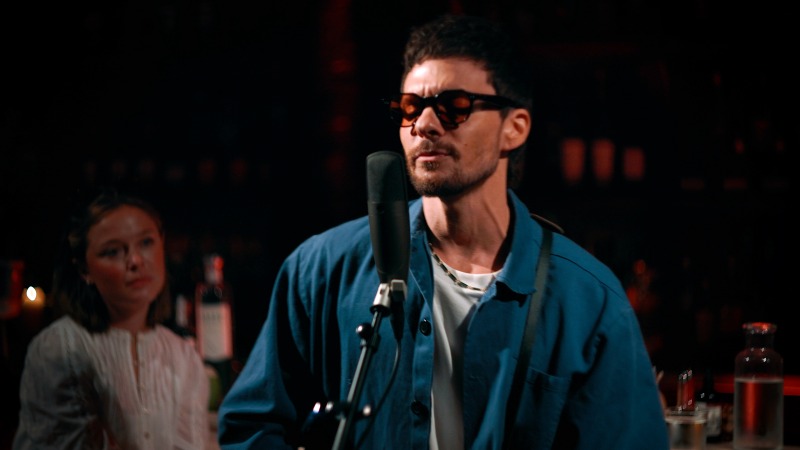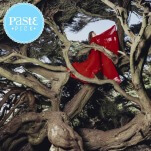Folk You: 50 Years of the Newport Folk Festival
Newport Folk is the granddaddy of American folk festivals and—were it not for the existence of the Newport Jazz Festival, founded five years earlier by the same man—it would be the granddaddy of all American music festivals. After five decades, it’s still run by its founder, the remarkable 83-year-old George Wein, who spun the folk fest off of the jazz fest just in time to catch America’s early-’60s folk revival.
“I became acquainted with the folk movement after I booked Odetta at Storyville in 1958,” Wein says today. “The place was packed. I found out that Cambridge was host to a growing folk movement, so I decided to schedule an afternoon of folk music during the 1959 Newport Jazz Festival. I asked Odetta, Pete Seeger and The Weavers to perform. As I did research and talked to people, it became clear to me that an afternoon wasn’t enough—I needed a full festival.”
It’s impossible to overstate how essential Newport was to the movement. Although there were other important folk festivals (most notably in Philadelphia, Chicago and Berkeley), Newport was the summit, the place that recapped everything important from the previous year, and that foreshadowed everything to come.
It was at Newport’s first festival that folk stalwart Bob Gibson called 18-year-old Joan Baez—who’d been causing a sensation in Boston’s folk clubs—to the stage for two hair-raising duets. By the next year she was a star herself, and she later introduced another rising star, Bob Dylan, to the Newport audience.
In the early days, the festival was administered by a foundation with a board comprised of folksingers who emphasized traditional music, not only on the main stage but also in the small daytime workshops. Young guitarists could sit at the feet of Mississippi John Hurt and Rev. Gary Davis and absorb their techniques, just as banjo players could observe Roscoe Holcomb and Earl Scruggs up close. And because the folk revival rediscovered the music of many performers who’d recorded in the 1920s and ’30s, these artists soon played Newport themselves.
The 1963 festival featured performances by Hurt, Son House and Skip James, and many other bluesmen followed. Clarence “Tom” Ashley—who’d recorded with the Carolina Tar Heels in the 1930s—brought his protégé, Arthel “Doc” Watson, when he played Newport, and a star was born.
-

-

-

-

-

-

-

-

-

-

-

-

-

-

-

-

-

-

-

-

-

-

-

-

-

-

-

-

-

-

-

-

-

-

-

-

-

-

-

-








































